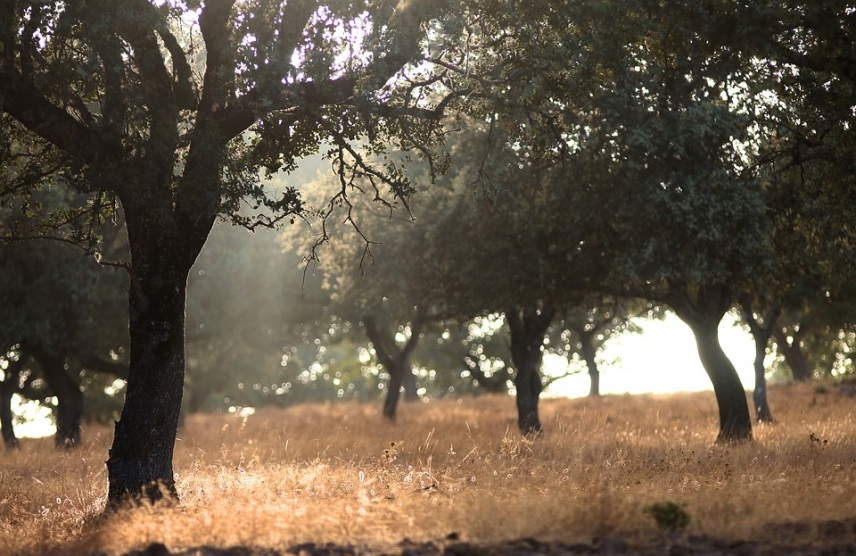 In search of a thorough analysis of the situation of dehesa farms in Los Pedroches valley and the Guadiato Valley, a group of researchers at the Animal Production Department at the University of Cordoba made up of Francisco Maroto, Augusto Gómez, José E. Guerrero, Ana Garrido, José A. Adame and Dolores C. Pérez carried out a study that reveals which are the characteristics of a group of dehesa farms in the province of Cordoba in the beef industry associated with feeding co-ops.
In search of a thorough analysis of the situation of dehesa farms in Los Pedroches valley and the Guadiato Valley, a group of researchers at the Animal Production Department at the University of Cordoba made up of Francisco Maroto, Augusto Gómez, José E. Guerrero, Ana Garrido, José A. Adame and Dolores C. Pérez carried out a study that reveals which are the characteristics of a group of dehesa farms in the province of Cordoba in the beef industry associated with feeding co-ops.
Small farms (224 ha) among which most are owned (73%), most use family labor force (61%) and combine different livestock species, the most common combination being beef cattle and Iberian swine (53%), are the characteristics that appear upon taking a closer look at the dehesa. What is more, farms like these show more intense production depending on the increase in livestock density (up to 0.73 units per hectare) with the consequent yearly increase in farming area needed to feed this livestock (47% of arable land).
We can see that, rather than the traditional idea of a dehesa farm as a large landowned farm with little productivity, actually in this case, a small family-owned farm is more common, with a tendency toward intensifying production.
This study is part of a comprehensive analysis of the entire chain of production, starting with managing livestock on the dehesa and ending with marketing the product, including exporting. Analyzing the starting point and integrating all the information as a whole is what will allow for improving a productive system in which, in addition to protecting environmental resources that characterize the dehesa as an ecosystem, it becomes necessary to shield the financial stability of livestock businesses (while considering the family aspect and the importance of the task of land management).
The fact that these cattle farms belong to a feeding co-op, which integrates the rest of the chain of production, allows for directing their development with a broader perspective. Thus, via feedlot rules, livestock breed standardization can be favored for marketing reasons. In fact, there has been a shift toward more productive breeds for meat when traditionally other native breeds were used that were better suited to the environment but produced less meat. At the same time, thanks to associating with the cooperative, smaller farms that have a more difficult time competing in a global market can take part in the industrialization and sales process.
From the need to compete within a global market comes progressive intensification (while still being extensive farming) making it necessary to include feed from outside the dehesa in order not to incur deterioration by overgrazing, which an increase in the amount of livestock could entail.
Identifying the situation of these beef cattle farms associated with feeding co-ops paves the way toward being able to integrate traditional dehesa methods used by those who best know it as well as the introduction of industrial techniques. Using both methods facilitates facing financial issues in the current market. Stability for farmers that have traditionally farmed in this area is what will allow for sustaining the dehesa and anchoring inhabitants in the rural areas of Los Pedroches and Guadiato Valley.
Maroto-Molina, F; Gomez-Cabrera, A; Guerrero-Ginel, JE; Garrido-Varo, A; Adame-Siles, JA; Perez-Marin, DC. Characterization and typification of dehesa farms associated to cooperatives: a case study in Spain. REVISTA MEXICANA DE CIENCIAS PECUARIA,http://dx.doi.org/ 10.22319/rmcp.v9i4.4534


